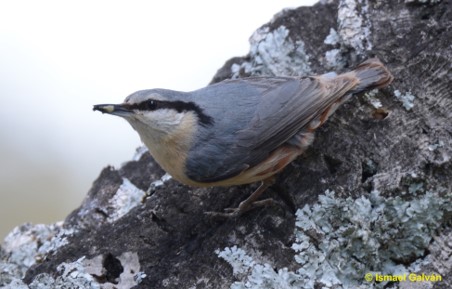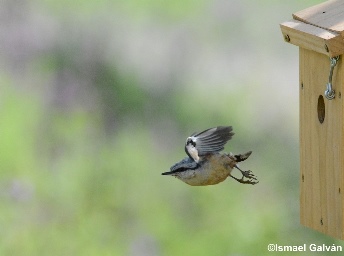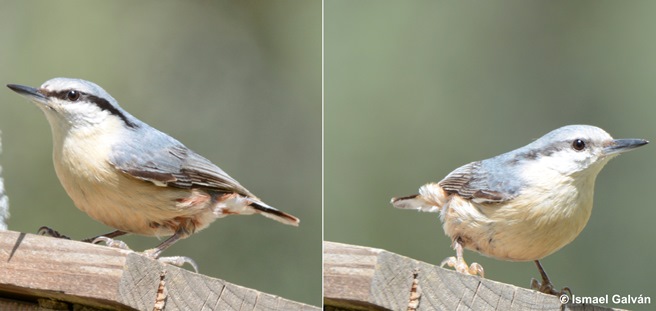
Welcome
Welcome to the official website of the Doñana Biological Station (EBD-CSIC)...

The Doñana Biological Station: EBD-CSIC
The Doñana Biological Station is a public Research Institute belonging to the Spanish Council for Scientific Research CSIC in the area of Natural Resources...

Mission
Our fundamental mission is to carry out multidisciplinary research of the highest standard directed to understanding the way in which biodiversity is generated, maintained and deteriorates, as well as the consequences of its loss...

Our methods
We apply many techniques within a multidisciplinary framework, from molecular genetics to remote sensing, and from modelling to physiological and isotopic analyses...

Monitoring the environment
Monitoring biodiversity at the Doñana Natural Space cover a wide range of communities, including both terrestrial and aquatic organisms...

Aims
Our aims include the study of the ecological and evolutionary processes by combining field work, mathematical and statistical models and physiological and genetic analysis...
 Outstanding
Outstanding
-
 Influencia diferencial de la expresión de Slc7a11 y la condición corporal sobre la pigmentación producida por feomelanina en dos poblaciones de trepador azul Sitta europea con diferente riesgo de depredación
Influencia diferencial de la expresión de Slc7a11 y la condición corporal sobre la pigmentación producida por feomelanina en dos poblaciones de trepador azul Sitta europea con diferente riesgo de depredación -
 Predation risk determines pigmentation phenotype in nuthatches by melanin?related gene expression effects
Predation risk determines pigmentation phenotype in nuthatches by melanin?related gene expression effects -
 Females mate with males with diminished pheomelanin-based coloration in the Eurasian nuthatch Sitta europaea
Females mate with males with diminished pheomelanin-based coloration in the Eurasian nuthatch Sitta europaea

 Influencia diferencial de la expresión de Slc7a11 y la condición corporal sobre la pigmentación producida por feomelanina en dos poblaciones de trepador azul Sitta europea con diferente riesgo de depredación
Influencia diferencial de la expresión de Slc7a11 y la condición corporal sobre la pigmentación producida por feomelanina en dos poblaciones de trepador azul Sitta europea con diferente riesgo de depredación

